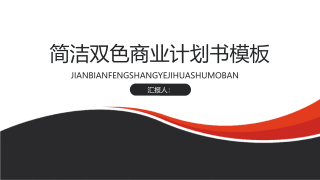人口年龄结构变动对经济发展的影响及其公共对策研究
浙江财经学院硕士学位论文I摘要“十一五”期间,我国妇女总和生育率稳定在1.8以下,人口自然增长率保持在6‰以内,且增长速度呈逐年降低的趋势,人口增长势头减弱。至2010年末,我国大陆总人口为13.41亿人,计划生育政策成绩斐然。然而,继人口总量矛盾得到有效控制后,“十二五”期间,我国人口结构将面临重大的转折期,老年人口将出现第一次增长高峰,老龄化加剧,导致人口抚养比在经历之前40多年持续下降后开始转为逐渐上升,“人口红利”逐渐演变为“人口负债”,给经济社会健康发展带来严峻挑战,人口结构性矛盾成为新时期影响经济社会发展全局的重大问题。为迎接新时期的新挑战,对人口问题的学术研究应从之前以运用人口红...
相关推荐
-
公务员思想政治教育研究VIP免费
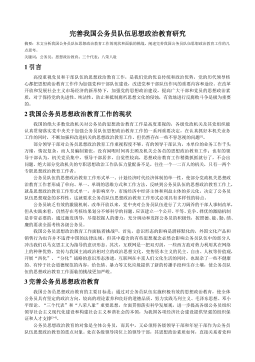
 2024-10-15 31
2024-10-15 31 -
在线社会网络中用户行为的实证分析与机制建模研究VIP免费
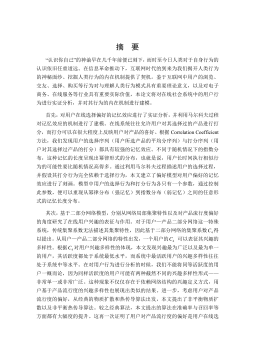
 2025-01-09 6
2025-01-09 6 -
智能优化方法对神经网络的改进及应用研究VIP免费
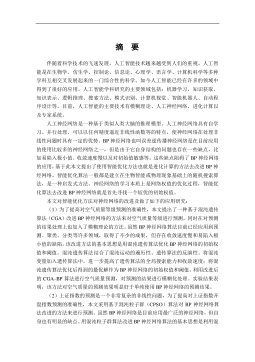
 2025-01-09 7
2025-01-09 7 -
鲜切哈密瓜保鲜技术研究VIP免费

 2025-01-09 9
2025-01-09 9 -
小城镇道路网级配方法及应用研究VIP免费
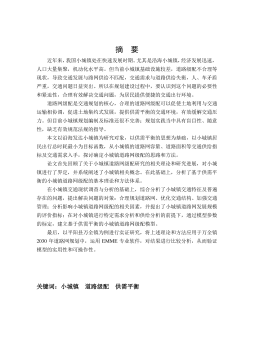
 2025-01-09 6
2025-01-09 6 -
医学信息集成测试系统的研究与实现VIP免费
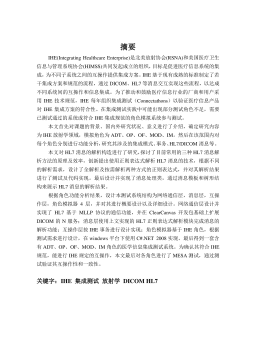
 2025-01-09 8
2025-01-09 8 -
余热驱动氨水吸收式制冷系统的理论及实验研究VIP免费
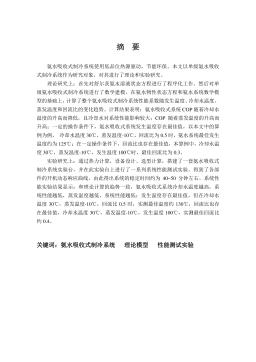
 2025-01-09 7
2025-01-09 7 -
喷雾降温技术适用性及热环境研究VIP免费
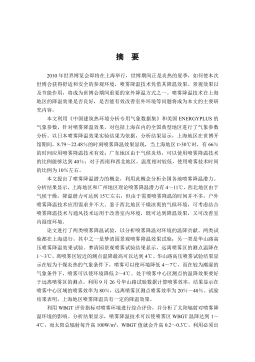
 2025-01-09 9
2025-01-09 9 -
收缩—扩张喷嘴的气泡雾化数值模拟VIP免费
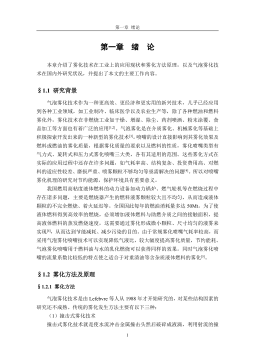
 2025-01-09 11
2025-01-09 11 -
支持供应链的工作流系统结构及其计划与调度的研究与应用VIP免费
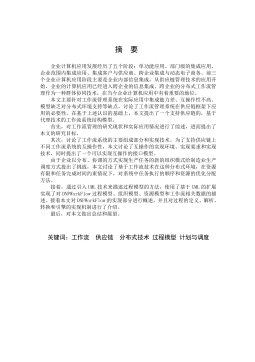
 2025-01-09 13
2025-01-09 13
相关内容
-

医学信息集成测试系统的研究与实现
分类:高等教育资料
时间:2025-01-09
标签:无
格式:PDF
价格:15 积分
-

余热驱动氨水吸收式制冷系统的理论及实验研究
分类:高等教育资料
时间:2025-01-09
标签:无
格式:PDF
价格:15 积分
-

喷雾降温技术适用性及热环境研究
分类:高等教育资料
时间:2025-01-09
标签:无
格式:PDF
价格:15 积分
-

收缩—扩张喷嘴的气泡雾化数值模拟
分类:高等教育资料
时间:2025-01-09
标签:无
格式:PDF
价格:15 积分
-

支持供应链的工作流系统结构及其计划与调度的研究与应用
分类:高等教育资料
时间:2025-01-09
标签:无
格式:PDF
价格:15 积分


